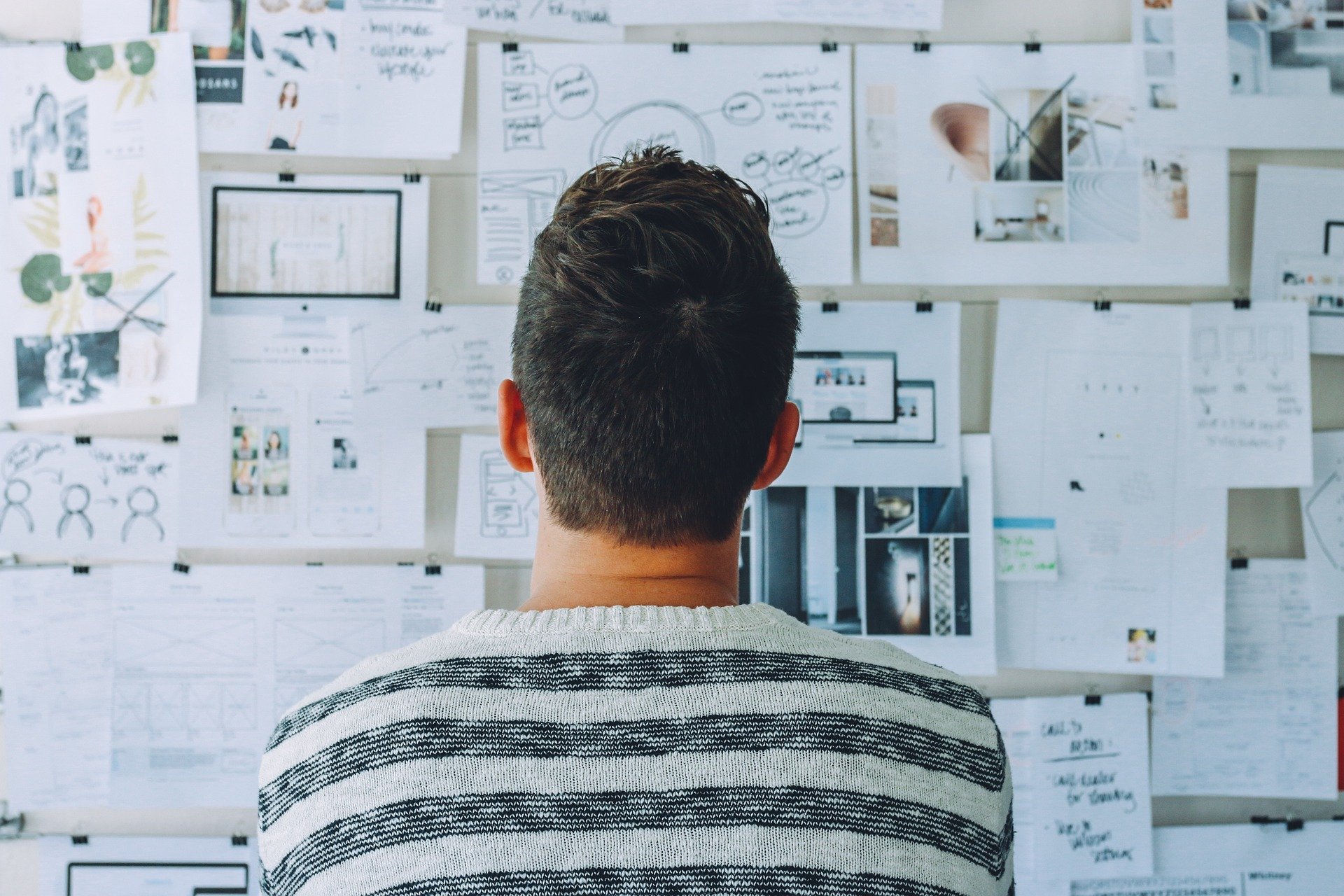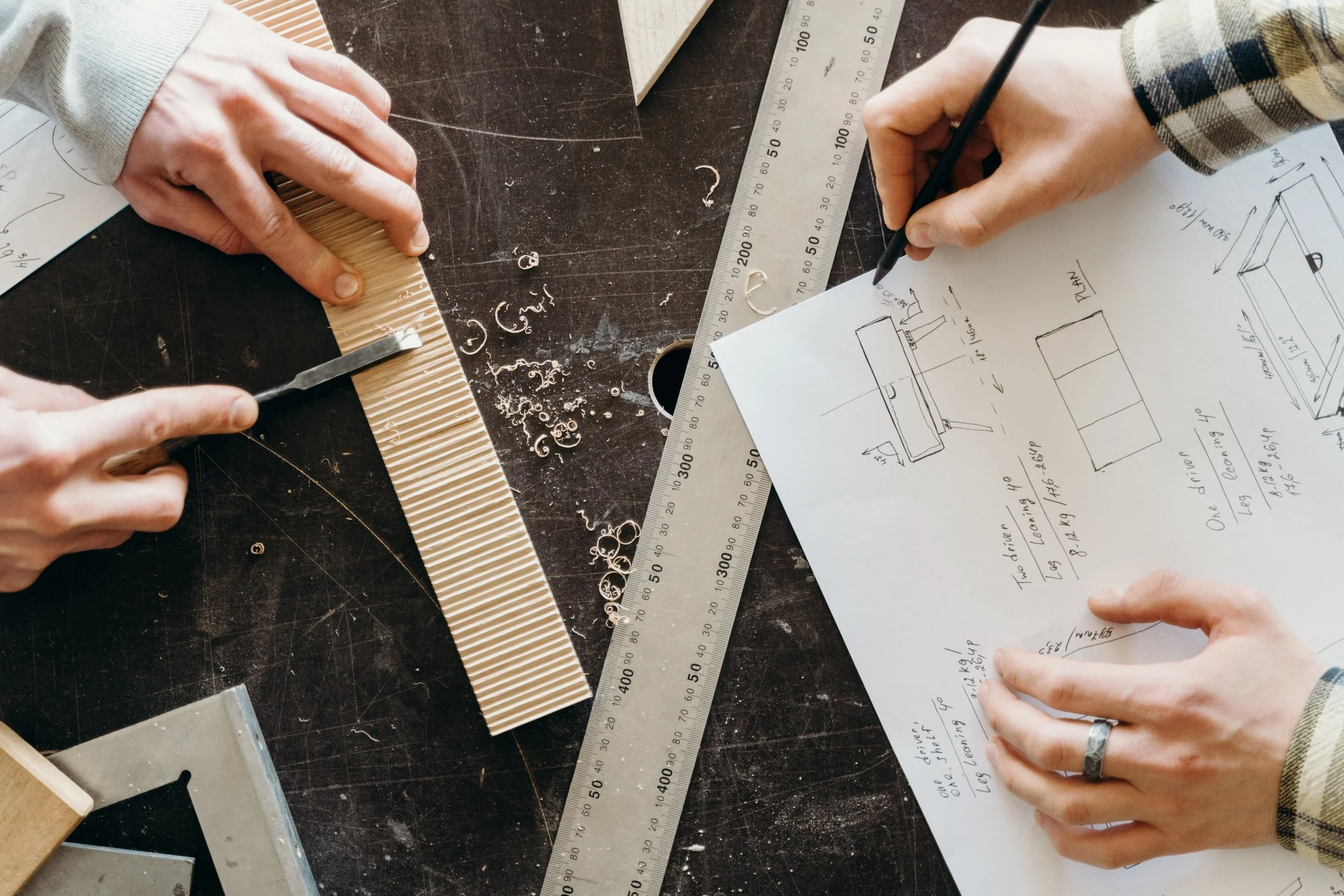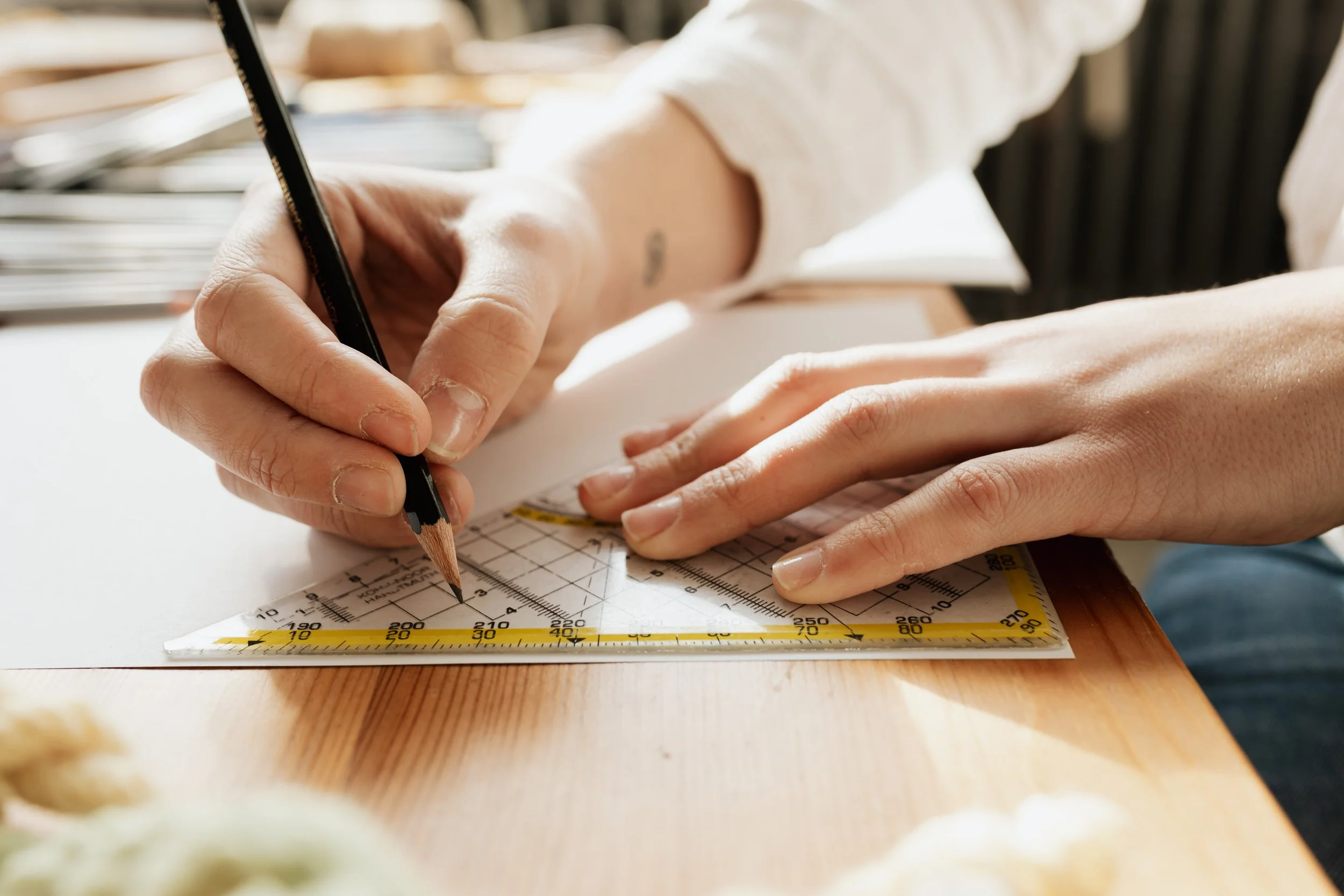Does social media negatively impact gratitude?
Our team was asked to explore the problem space surrounding the idea of gratitude and possible connections to social media and then develop a solution inspired by our findings.
Moreover, could this impact the emotional well-being of individuals—specifically young adults? Could a potential solution address these negative effects of social media by offering users more control of their mental health and well-being?
Roles: UX Researcher, Project Manager
Social Media Emotional Awareness App
Vybe
PROBLEM EXPLORATION
We conducted 4 observation sessions each lasting 1 hour.
Observation sessions were conducted by observing groups on Reddit which focused around mental health and social media usage. We also created a Facebook Poll asking people about their social media habits and how it made them feel.
Once initial observations were completed, we conducted targeted interviews based on data collected from observations.
We interviewed 8 total participants (4 men, 4 women) with interviews each lasting approximately 30 minutes.
COMPETITIVE ANALYSIS
Vybe: different from the competition…
Current gratitude apps on the market center around gratitude journaling…
Vybe focuses on emotional awareness, to address the problem and alleviate the symptom.
Vybe captures daily responses and the AI generates articles and activities surrounding the current mood of user.
Vybe attempts to connect social media activity to mood and suggests management strategies that help the user feel in control of their time and their emotions..
Data Analysis
Data collected from observations and interviews was organized and sorted based on common themes and patterns that emerged. We used these to inform and generate user requirements.
Can “gratitude” behaviors be identified? What about measured?
As we collected data, themes around gratitude began to emerge. However, how does one identify gratitude behaviors versus behaviors that counter gratitude? Through desk research, we identified the following gratitude behaviors. The opposite of each action was considered as a less grateful behavior for the purposes of our study.
Remember the bad to appreciate the good
Appreciate individuals for who they are, not what they do for you
Use grateful vocabulary, like gifts, blessed, fortunate and abundance
Keeping a gratitude journal
INSIGHTS FROM USER RESEARCH
TWO PERSONAS EMERGED
PERSONA ONE:
EXHIBITED LESS GRATEFUL BEHAVIORS
Recognized a negative relationship with social media, and recognized a negative impact on mental health such as depression, social media comparison, and anxiety.
Desires management of social media through limiting or eliminating social media platforms that cause negative impacts.
Goal to increase behaviors that positively increase mental health such as, following positive mental health groups, groups that align with their hobbies, and positive entertainment like puppy pictures.
PERSONA TWO:
EXHIBITED MORE GRATEFUL BEHAVIORS
Concerned with the amount of time spent on social media which caused them to feel like they were wasting time.
Management of time spent on social media apps is essential requirement'
Uses social media to find out what is happening so they can physically connect with friends and family
COMMONALITIES BETWEEN BOTH PERSONAS…
Both personas desire social media management but in different ways
Agreed that social media has a negative affect on their well-being but negative impacts differed
Both personas agreed that it was difficult to leave social media completely due to ease of communication
Fear of “missing out” if not on social media was a common concern
Brainstorm Sessions
SCENARIOS AND STORYBOARDS
EXPLORING TARGETED IDEAS…
IDEA 1:
An emotion tracker that encourages self-awareness. Allows users to track emotional states and gauge personal progress.
IDEA 2:
The Friendship Bracelet encourages community building. Several features help build community like, reducing flow of negative news and information and creating safe spaces for communication. It will also bring awareness to in-person friend connections and community by limiting screen time and encouraging users to interact in their physical world.
LOW FIDELITY PROTOTYPE
Creating a solution that creates emotional self-awareness…
FIRST ROUND TESTING: USER THOUGHTS
Visual components did not create a calming affect
Users expressed that they don’t always know how to articulate their feelings and being asked to describe them was difficult
Stated that the app felt like a survey
Language throughout the application felt robotic
Some users felt uncomfortable sharing their emotional state with the app and commented that it felt invasive
Suggested recommendations made users want to reject app suggestions
SECOND ROUND PROTOTYPE
Creating a solution that creates emotional self-awareness…without being intrusive…
Our second round prototype continued to explore the idea of capturing emotional states, but still felt robotic and unnatural with users. Our third attempt takes away much of the survey feel by eliminating these components and attempts to make the app more of an exploratory self-educational emotional support system.

Looking more like the solution…
THIRD ITERATION PROTOTYPE
Updating color scheme to dark mode, creating a calming affect
Added browse section for mood related activities
Eliminated questions about users current emotional state
Created browsing tool for emotional education
Removed personal mood assessment function to reduce feeling of survey
Added emoticons to promote recognition over recall
Modified language on app to make it feel more like a dialogue
Automated functions, like sleep tracking, to reduce invasive feeling of app













